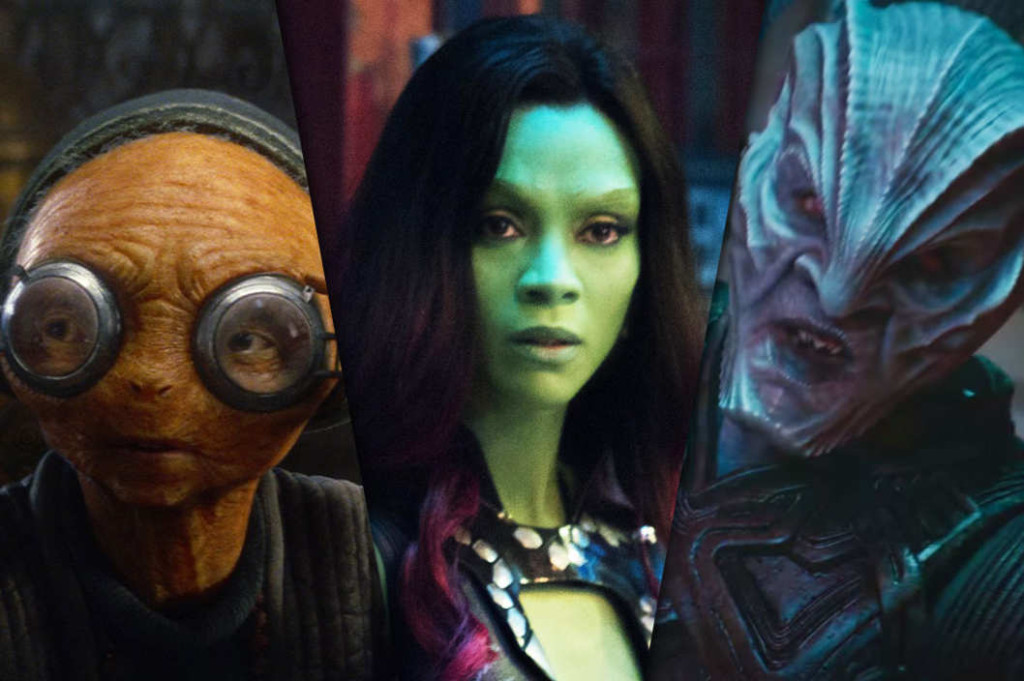Link Roundups feature articles and bits of internet goodness that our dramaturgy team digs up. If you find something you want to send our way, drop us a line on Facebook or Twitter!
♦♦♦♦♦
Vulture has a piece exploring why so many of Hollywood’s best black actors are relegated to voice work or are physically altered by makeup and visual effects:
You don’t see Leonardo DiCaprio, Sandra Bullock, and Tom Cruise painting their faces to win roles, but this color-changing gambit has practically become required of black dramatic actors who want to appear in big-budget movies. Of our A-list movie stars, the only white one regularly tinting her skin is Jennifer Lawrence, who signed a three-film contract to play Mystique in the X-Men films well before she was an Oscar-winning superstar, and whose latest go-round in the role is her least blue yet. Fox was savvy to put Lawrence’s famous white face front and center for X-Men: Apocalypse, since they now know it’s a face that sells movie tickets and magazines. So, too, could Lupita Nyong’o’s, yet since her Oscar win, no white director has cast her in a live-action role that lets her live in her own black skin.
♦♦♦♦♦
Here’s a good round up of advice from the Nonprofit with Balls blog with do’s and don’ts when applying for a job:
Do research the organization you’re applying to: You will be asked how your skills and experience are a good fit. You will sound a lot more impressive if you can say things like “I saw in your last blog post that you have a challenge with blah blah. I have experience working with blah blah, etc.”




